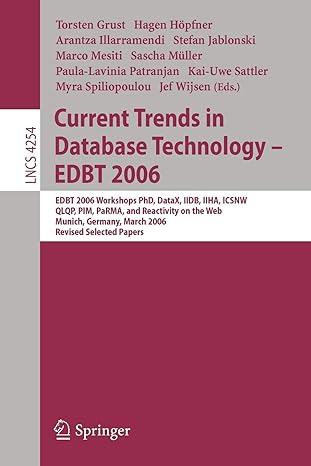Consider a variant of the stop and wait protocol, where the sender instead of sending a single frame and waits for an ack, he/she sends
Consider a variant of the stop and wait protocol, where the sender instead of sending a single frame and waits for an ack, he/she sends 2 frames and waits for a single ack. When the ack arrives, the sender sends the next two frames and so on (so each ack arriving to the sender indicates that two frames have been received by the receiver). If one or both frames do not make it to the receiver, the receiver would not ack any frames. If the sender does not hear from the receiver after a timeout value, he/she will retransmit the last two frames. Assume that each data frame is equal to 1500 Bytes and each ack frame is equal to 40 Bytes. The link between the sender and the receiver has a 10 Mbps bandwidth and one-way propagation delay of 10 msec.
a) What is the total round-trip time (RTT) between sending the first bit of the first frame and receiving an ack back?
b) Draw the time-line diagram (include times at each event) between the sender and the receiver until the first two frames make it to the receiver. Assume that the second frame was lost the first time it was transmitted and assume that the timeout value used by the sender is chosen to be twice the RTT (obtained from part (a))
Step by Step Solution
There are 3 Steps involved in it
Step: 1

See step-by-step solutions with expert insights and AI powered tools for academic success
Step: 2

Step: 3

Ace Your Homework with AI
Get the answers you need in no time with our AI-driven, step-by-step assistance
Get Started


